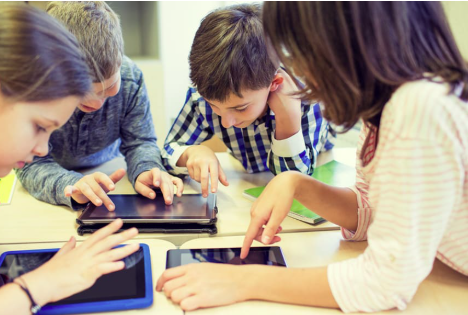In today’s diverse classrooms, one-size-fits-all instruction no longer meets the needs of every learner. Personalized learning has emerged as a powerful approach that allows students to learn at their own pace, in their own way. At the heart of this approach is flexibility—an essential component that empowers both educators and students to adapt and succeed.
Meeting Students Where They Are
Every student learns differently. Some grasp concepts quickly, while others need more time and support. Flexibility in personalized learning ensures that instruction is tailored to meet individual needs. It allows for varied pacing, multiple content formats, and a range of assessment methods. This adaptability helps students feel supported and reduces frustration, creating a more inclusive learning environment.
Encouraging Ownership of Learning
When students are given choices in how they learn or demonstrate their understanding, they are more likely to take ownership of their education. Flexibility fosters self-direction, helping learners set personal goals and monitor their progress. This leads to greater motivation, confidence, and long-term success.
Supporting Educator Innovation
For educators, flexibility provides the opportunity to design learning experiences that go beyond traditional models. Teachers can integrate technology, group work, and hands-on projects to suit different learning profiles. They can adjust plans in real time based on student feedback or performance, ensuring that learning remains engaging and relevant.
Adapting to Life’s Realities
Outside factors—like health, family responsibilities, or varying internet access—can impact a student’s ability to learn on a fixed schedule. A flexible learning model accommodates these realities, offering asynchronous options, varied deadlines, and different formats to ensure every student has a fair opportunity to succeed.
Building Lifelong Learning Skills
Flexibility doesn’t just help students in school; it prepares them for life. By navigating choices, adjusting strategies, and managing time effectively, learners build critical skills they’ll use in higher education and in the workplace. Adaptability, problem-solving, and resilience are all strengthened through a flexible approach to learning.
Conclusion
Flexibility is not a luxury—it’s a necessity in modern education. In personalized learning environments, it serves as the bridge between student diversity and academic success. When schools and teachers embrace flexible practices, they foster a culture of growth, respect, and opportunity where every learner can thrive.














